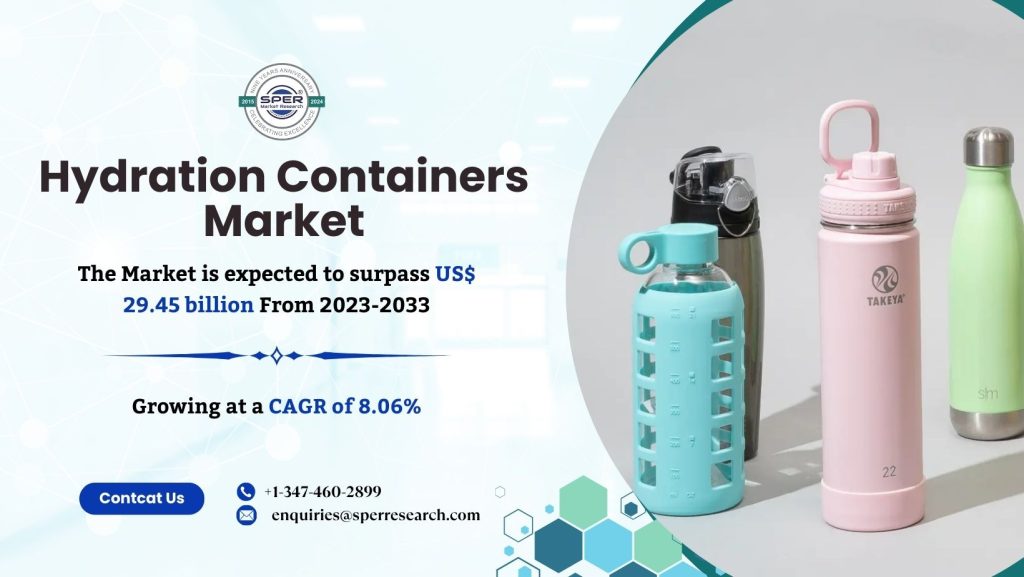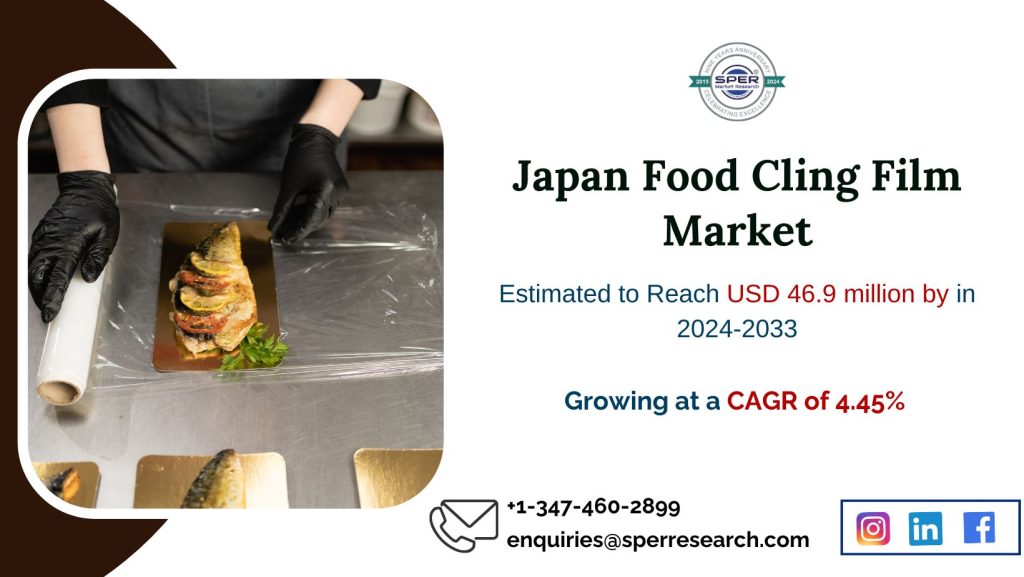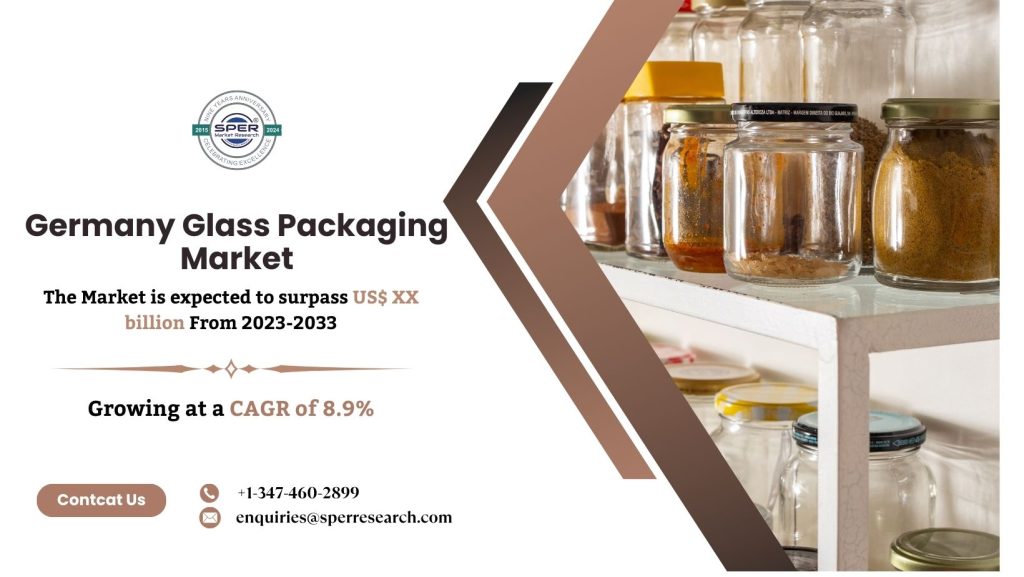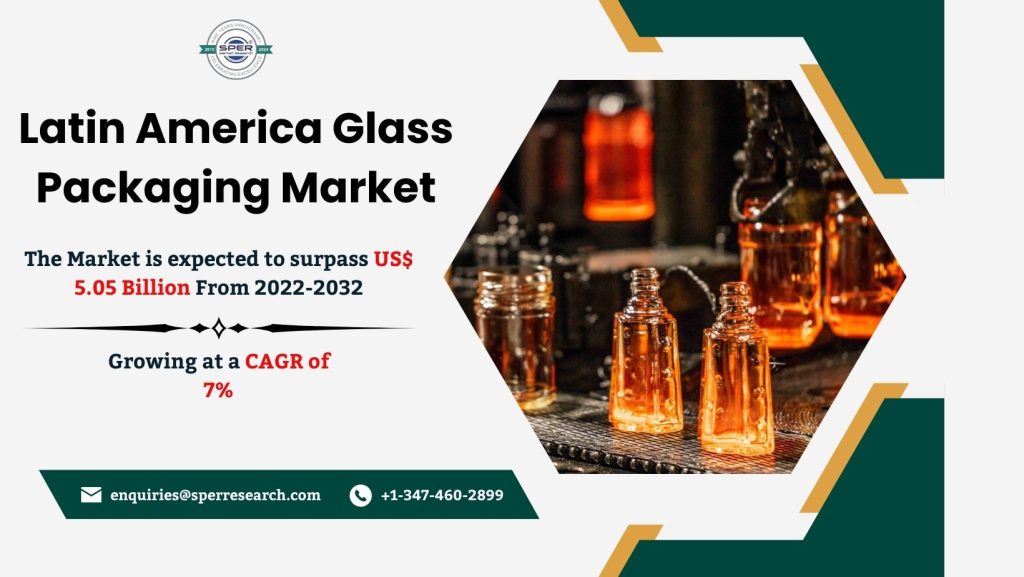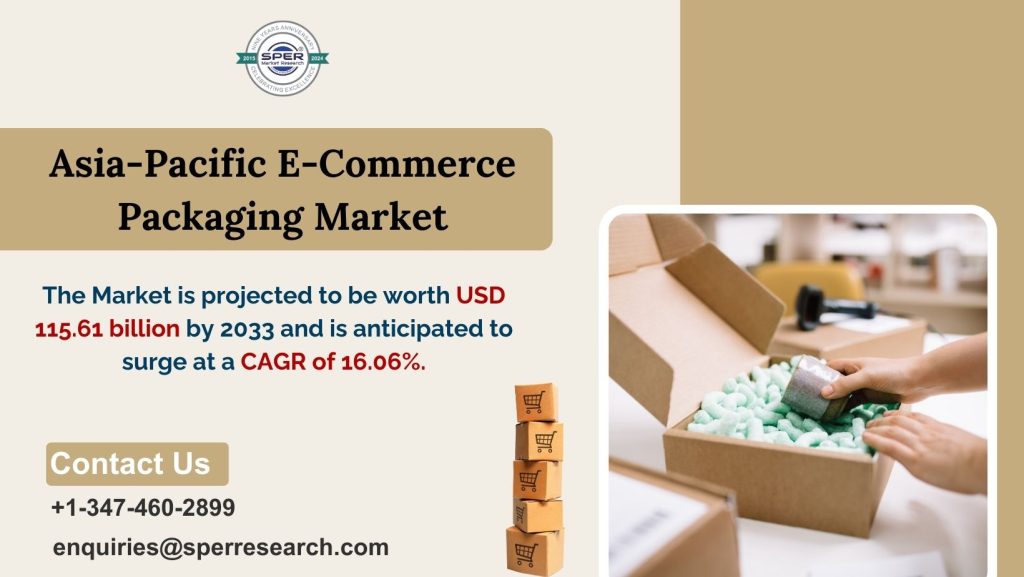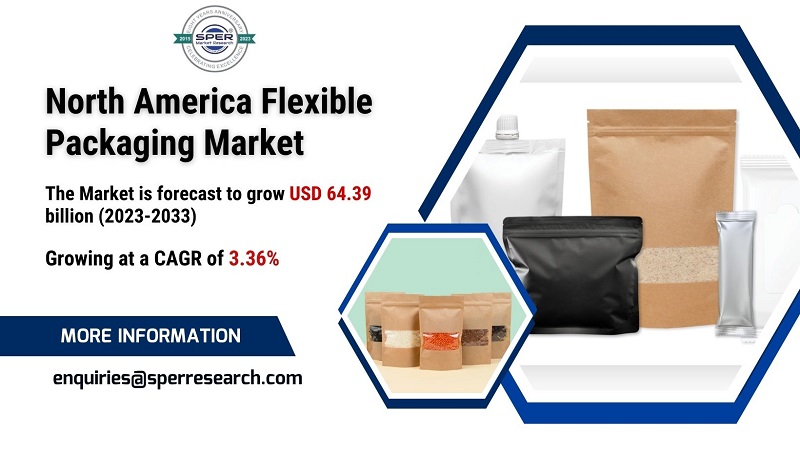Hydration containers, sometimes known as hydration packs or systems, are meant to supply water conveniently and efficiently during activities such as hiking, riding, and running. These containers are typically designed as backpacks or pouches, with a reservoir or “bladder” made of flexible materials like rubber or plastic. Many hydration packs are insulated to keep the water at the proper temperature, keeping it from freezing in cold weather or getting too heated in hot weather. They come with a hose and a bite valve, allowing users to hydrate without pausing, boosting constant fluid intake. These containers frequently incorporate additional storage compartments and are designed to fit comfortably, making them popular among outdoor enthusiasts and athletes looking to stay hydrated while on the road.
According to SPER Market Research, ‘Hydration Containers Market Size- By Type, By Materials, By Application, By End User- Regional Outlook, Competitive Strategies and Segment Forecast to 2033’ states that Global Hydration Containers Market is estimated to reach USD 29.45 billion by 2033 with a CAGR of 8.06%.
Drivers:
The growing popularity of outdoor and fitness activities is driving the demand for specialized containers designed for active lifestyles. As more people participate in sports like hiking, running, cycling, and gym exercises, there is a greater demand for hydration solutions that are sturdy, spill-proof, and readily transportable. Manufacturers are creating hydration packs, sports bottles with ergonomic designs, and insulated containers to address the unique needs of athletes and outdoor enthusiasts. Moreover, advancements in material technology are driving innovation in reusable alternatives to disposable packaging. Consumers are looking for eco-friendly solutions that prioritize insulation and durability. Manufacturers are seeking lightweight materials to improve product performance. Insulated containers, such as double-walled stainless steel.
Restraints:
An important impediment to the market is the difficulty of gathering recyclable resources. Packaging producers may find it difficult to obtain high-quality recycled materials if collection processes are inconsistent or inadequate. This problem is exacerbated by a number of factors, including poor garbage disposal techniques, ignorance, and insufficient infrastructure. To boost the collection of recyclable items, many locations require better waste management systems and raised public awareness. Recycled material contamination is a recurring issue in the market. The quality of such containers is compromised during collection or processing when non-recyclable or contaminated materials are mixed with recyclables. This may make it challenging to satisfy customer demands for environmentally friendly and sustainable packaging as well as industry standards.
Request For Free Sample Report @ https://www.sperresearch.com/report-store/hydration-containers-market.aspx?sample=1
Impact of COVID-19 on Global Hydration Containers Market
The COVID-19 pandemic had a huge impact on the global hydration container market, influencing consumer behaviour and demand patterns. With growing health awareness came a greater emphasis on personal hydration, which drove demand for reusable water bottles and hydration systems as individuals sought sustainable alternatives to single-use plastics. However, disturbances in manufacturing and supply chain operations caused shortages and delays, limiting product availability. Furthermore, the closing of retail stores and switches to online purchasing altered the sales landscape, causing firms to improve their e-commerce strategy. As the world recovers from the epidemic, the focus on health, wellness, and sustainability is anticipated to continue to influence the hydration container industry, creating potential for innovation and expansion.
Global Hydration Containers Market Key Players:
Global hydration container market is dominated by the North America due to its strong emphasis on health and wellness. Major players in the market are AQUASANA INC, Cool Gear, Lock&Lock Co. Ltd, Nalge Nunc International Corp., and ZeJiang Haers Vacuum Containers Co. Ltd.
For More Information, refer to below link: –
Hydration Containers Market Growth
Related Reports:
Follow Us –
LinkedIn | Instagram | Facebook | Twitter
Contact Us:
Sara Lopes, Business Consultant – U.S.A.
+1-347-460-2899
